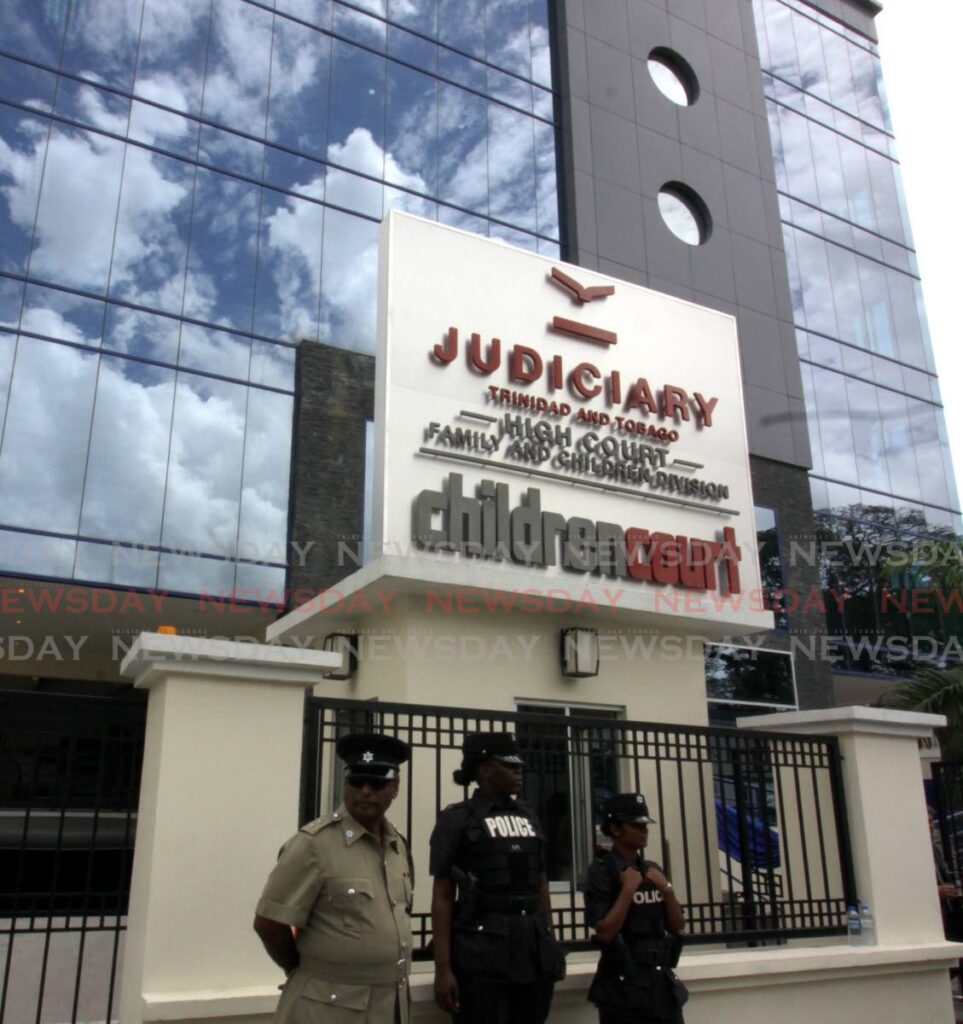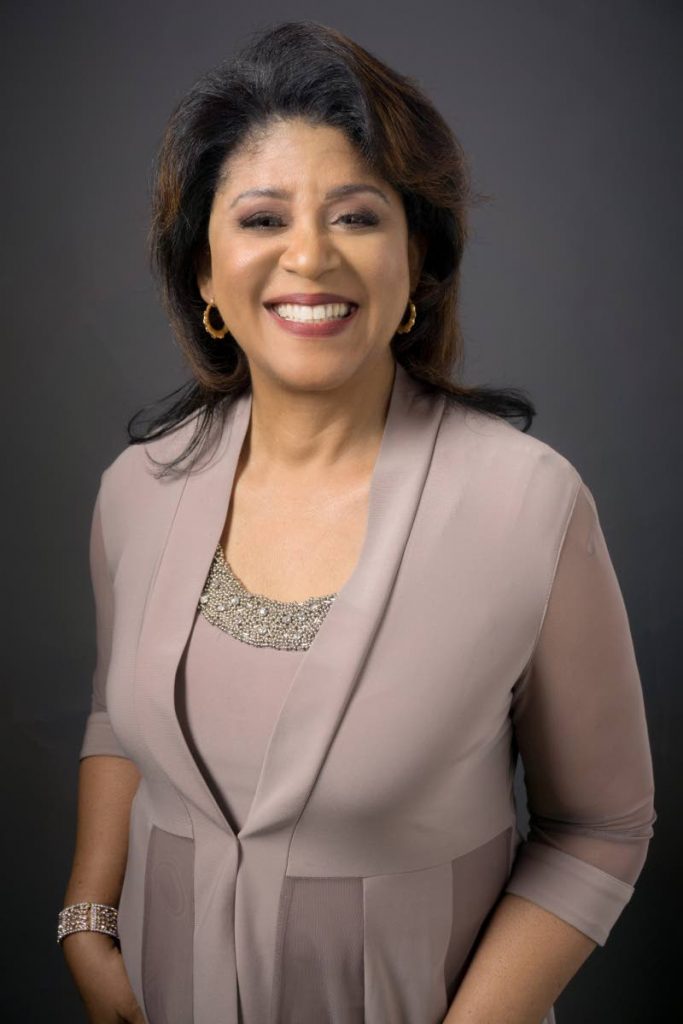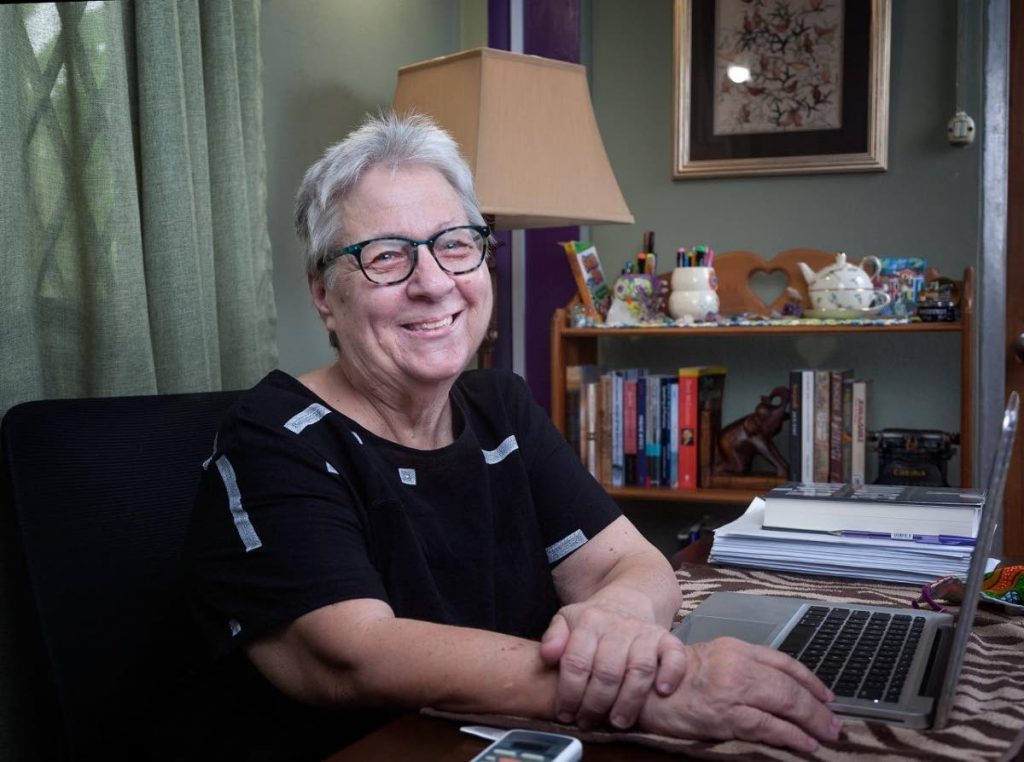1,771 children in court for criminal offences in four years

An average of 443 criminal matters have been filed against children annually in last four years.
From February 2018 to May 31, this year a total of 1,771 criminal matters have been filed in the Children Court between the ages of seven and under 18.
According to Children Court records, in 2020 there were 577 matters with 147 being criminal indictable applications and 81 criminal summary applications.
And in 2021, 561 matters were filed, of which 97 were criminal indictable and 85 were criminal summary applications.
Over the two-year period, the five most common offences were possession of ammunition, possession of a firearm, robbery with aggravation, shooting with intent to cause grievous bodily harm, and larceny.
But, the vast majority of cases before the Children Court, 349 in 2020 and 379 in 2021, were matters in which a child needed protection or supervision.
The Children Court has been operating since February 28, 2018.
On June 24, while contributing to a motion brought by the Opposition United National Congress titled Failure to Prevent Surge in Criminal Activity in Parliament, Minister of Rural Development and Local Government Faris Al-Rawi said in 2020 and 2021, 215 and 107 children respectively were taken before the Children Court.
He said charges included disorderly behaviour, domestic violence, drug offences, escaping lawful custody, illegal entry, kidnapping, larceny, manslaughter, murder, and possession of firearms.
Clinical and educational psychologist Dr Margaret Nakhid-Chatoor believes the offences were committed by children who were angry, impulsive, reactive and explosive, especially after being isolated for long periods of time during the pandemic.

“In many instances, these violent behaviours are learned behaviours from other delinquent peers, gang members and from permissive families and parents who are largely absent from homes, with little supervision.”
She told Sunday Newsday the average numbers were comparable with societies globally as there had been higher rates of family violence and child abuse – emotional, physical, verbal and sexual – in the society, more than ever before.
“Children and teenagers are exposed to physical assault, sexual victimization, maltreatment, and in many homes, they may witness violence against family members. Repeated exposure to multiple forms of violence, places children at a greater risk of repeating these behaviours and modelling patterns which they may perceive as ‘normal and appropriate’.”
Nakhid-Chatoor said many "at risk" children who exhibit violent and delinquent behaviours could be identified as early as primary school level. She stressed that children do not become reactive overnight as there were many factors in the childhood and familial home that contributed to displays of aggression and juvenile offences.
Some signs include a lack of empathy towards others, cruelty to animals, physical assault of others when angry, throwing things, verbally abusive, isolative behaviours, fascination with fires and things that destruct, mental illness, substance abuse, threatening others, and carrying a weapon to school.
She said there needed to be a heavy focus on early intervention, assessment and monitoring of those children, providing relevant education, parenting skills programmes, and economic opportunities for families in need as they all helped in the prevention of violence in families.
She also lamented society’s response to criminal behaviour, saying it was more punitive than rehabilitative, as punishment and incapacitation were used as primary mechanisms of control.
“What are the investments made whist they are there (at Youth Transformation and Rehabilitation Centre) for rehabilitation? To what extent is counselling provided for them and their families? Are success stories documented?
“What can this society do? There has to be more of a social collective effort in this society. One where child welfare professionals, juvenile justice system personnel, medical and mental health providers, and parents and families all work together to protect children and help them heal and grow into healthy, productive adults.”
According to the Children Court, 15 children were sentenced to YTRC during 2020 and 2021 and two were sentenced to state prison as they would have been classified as children at the time of committing the offence, but were adults at the time of sentencing.
Up to August of this year, there were still 179 pending criminal matters from 2020, and 281 from 2021.
The offences included larceny, robbery with personal violence, unlawful and malicious damage, possession of a firearm and/or ammunition, possession of marijuana or cocaine, breach of probation and sacrilege.

The maximum sentence to YTRC was one year and one month for the offence of sacrilege, while the minimum sentence was 30 days for robbery with aggravation. It also pointed out that some of those matters may have been filed in previous years.
In an e-mailed response to Sunday Newsday, The Children’s Authority explained sentencing was dependent on the nature of the offence. Summary (less serious) offences attracted a lesser sentence than indictable (more serious) offences.
Other aggravating or mitigating factors the Court considered when pronouncing sentence included:
1) the seriousness of the offence and the potential of harm on the public;
2) whether the Defendant has prior convictions or is likely to commit another offence if a non custodial sentence is imposed;
3) the age of the offender and possibility of rehabilitation;
4) the social status of the offender eg education, gang affiliation, family/community ties;
5) prevalence of the offence;
6) expression of remorse and whether the offender pleaded guilty at first opportunity.
“Community Service is available as a sentence for juvenile offenders, but generally for first time offenders who come from a background that has proper supervision and stability and where the Court thinks that the child should be reprimanded and made to give back to the society for the wrong done, rather than be punished. As a condition of bail, the Court may impose a curfew or attach reporting conditions to the nearest police station.”
Lawyer: Poor parenting a big factor
Donielle Jones, an attorney-at-law specialising in civil, family and criminal law, explained three main categories were addressed at Children Court. It all depended on the situation in accordance to the Family Law Act, the Children Act, the Children’s Authority Act, or the Domestic Violence Act.
They were : children who committed criminal offences, both indictable and summary; those in need of care and protection; and private applications by a child’s parent or guardian, community residences or by the Children’s Authority for children in need of supervision, previously called children beyond control.
“For instance, if a report is made to the Children’s Authority, they would investigate. If they realise the child needs protection or even if they don’t come to a finding, they would take the child then make an application to the Children Court for a temporary wardship order and place the child in a safe location – a community residence, with relatives, with a godparent – while the Authority continues with the investigation.
“The court would make further orders, whether to continue the wardship permanently or whether they just need to help the parent become better parents.”
Or, if a child showed up on a person’s doorstep, an individual could make a private application at the court in their area.
Jones, who has been working with family and children’s matters since 2008, said before covid19, the most common criminal offences with children were use/possession of illicit drugs, larceny, being on a premises without permission, robbery, robbery with violence, possession of guns and ammunition.
Children under the age of 15 were most commonly charged with possession of an offensive weapon and assault.
“That was found usually in certain schools where children are from depressed areas, especially where there are community leaders involved in gangs, and parents can be aggressive.
“But you have to take into consideration that incidents would happen in other schools and the principals would not call the police. Especially if it’s a prestigious school, they would deal with it internally.”
She said when it came to sentencing, the Children Court would take into consideration any development or mental issues. An assessment of the child by two experts would be taken to see if the child was able to understand the proceedings and consequences.
For minor offences, the child could be put on a bond and they would have to check in with a probation officer, perform community service, have a curfew, be outfitted with an ankle bracelet to restrict them from going to certain areas, or be transferred to a more suitable school environment.
If the parents were not responsible, the child could be placed with a relative, in a community residence or YTRC to be monitored.
“In my experience, YTRC is the most pleasant experience. Even the prison officers who work there are more like an uncle or aunt or parent-figure because they’re not really aggressive. They encourage the children to do courses, trade, they write CXC, it’s a pleasant environment for children who are on the brink of becoming criminals.”
She said, under the old system, she personally knew several children who got a few years hard labour at YTRC and came out with several CSEC subjects and came out better than they went in.
She added that, in 2018, YTRC started accepting female juveniles who were housed separately from the males in the senior officers quarters. At the end of June there were two females and 30 male residences there for major offences.
“It’s very rare that a fine is given because, if they do, it’s the parents who have to pay it. Most of the time, because of the socio-economic stance, they’re not able to pay it anyway and it’s not going to benefit them.”
Jones said there were several failings at the court level including poor management and a lack of staff but the main issues when it came to children were poor parenting, poor support in other institutions and a lack of proper role models.
She said some parents did not have the skill-set to parent, some did not care to be better parents, some parents were very young and inexperienced and did not have proper guidance, while other, good parents, had to leave their children without supervision when they went to work.
“We no longer have teachers who talk to children. They don’t have time for that. Then there are children who don’t belong to any community group – a church group, cadets, a Police Youth Club – they are just not involved, so the devil finds work for idle hands.”
Community leaders looking for young recruits
Debbie Jacob, an advocate for restorative justice and prison reform who worked with youths at the Youth Training Centre for many years, blames the education system for the number of children who have appeared in the Children’s Court over the past years.
She said the education system was too exam-oriented and was not teaching children the values and skills they needed to survive and be happy.

“These at-risk kids are the kids we fail on a good year, let alone when something like a pandemic comes along. The education system is not relevant to them so many do not attend. It’s not meeting the needs they have to survive, to deal with anger issues, challenging home situations, gang influence, and all those things. We have one curriculum meant to take these tests and we’re not addressing the skills these children have and need.”
She said during the pandemic, they were introduced to a different way of learning and many “dropped by the wayside.” She believed if they felt school was relevant to them and it was preparing them for the future, children would attend despite their difficulties.
Since children were dropping out or getting in trouble, something in the education system was missing.
“We’re always pointing out fights and violence and bullying in school but what are we doing about it? Even in terms of the literature we use in classes, we could address the values and communications skills and things we want the kids to have.
“We have to stop fooling ourselves and realise the education is not happening at its maximum potential. Kids can’t read! What are you doing in schools if some kids don’t have reading skills?! What are we doing?”
She said it was necessary to do more reading in primary schools – make children read and read to them – and from there they could learn academic, behavioural and social skills.
She also questioned if anyone actually listened to children when they spoke about their needs and problems. Instead of doing that and fulfilling those needs, she said, children were being expelled and becoming society’s problems.

Comments
"1,771 children in court for criminal offences in four years"